Incorporate Massage to Perform Better Athletically!
The daily stress of life wears our bodies’ down; we are subjected to mental stress, prolonged positioning, and hectic lives. As an active society we add to that breakdown of the muscle and body systems by engaging in all different forms of exercise. We run, skate, jump, ride, surf, kick, swing, throw, and climb. We pick things up and put them down; heavy things. We are constantly trying to improve our performance; to run harder, lift heavier, throw faster. We push our bodies to its limit, planning intense work outs, each harder than the next. But how much planning goes into our recovery from these workouts? Not enough. Proper attention needs to be taken to allow for rebuilding. We can’t expect our bodies to perform at optimum levels under constant stress and tension without helping our muscles and joints on the back end with a proper recovery plan. Massage is a key element in body recovery that will allow you to take your training to the next level. Maintenance and pre, inter, and post event massage is crucial, not only for the professional competitor but also for the recreational athlete.
Massage focuses on increasing the blood circulation; lengthening muscles fibers to enhance the flexibility and Range of Motion (ROM). We constantly hear about the importance of increasing ROM and how muscle restriction can reduce the ability of the joint to move through its correct degrees of movement. The athlete with limited ankle or hip flexibility and improper ROM can negatively affect the other joints in the body. The squat-one of the most common and beneficial exercises-is a perfect example of how limited ROM in the muscles and joints can impede on performance; the goal is to have the muscle contract and extend throughout the movements of an exercise stopping before the muscle is at its full length while allowing it to still have tension. If the muscles are restricted, shortening the length of contraction and extension, full muscle activation will not be present. Proper massage work is needed to elongate the muscle tissue freeing it from adhesions allowing the athlete to have proper body angles and achieve better results.
Massage helps to reduce Delayed Onset Muscle Soreness (DOMS). Any athlete is familiar with DOMS; the two, three, possibly four day tenderness following a session that pains and prevents you from using your muscles for anything more than lifting a pencil. Post-workout massage will help to reduce muscle tenderness to allow you to be back on the playing field or hitting the weights sooner than without. This massage promotes rest and recovery by relaxing the muscle tissue, ridding the body of wastes, spreading the muscle fibers, and increasing blood flow.
Proper planning and utilization of massage pre, inter, or post event will help not only with performance but with your recovery. Flexibility can be enhanced by your therapist with passive and active stretching along with muscle work. Maintenance massage encompasses the full picture of the athlete’s needs and emphasizes prevention. Massage supports healthy tissue by addressing common muscular holding and tension patterns, spasm, adhesions, and trigger points. A regular massage therapy program with a knowledgeable therapist can dramatically improve your results and help you break through plateaus that you may be experiencing. No longer is massage thought to be a luxury to pamper oneself but instead for what it truly is and was established over 5000 years ago for: an essential component in healthcare. Take care of your muscles and they will not only take care of you but allow you to do things physically that you never thought possible. Healthy muscles, happy life.
